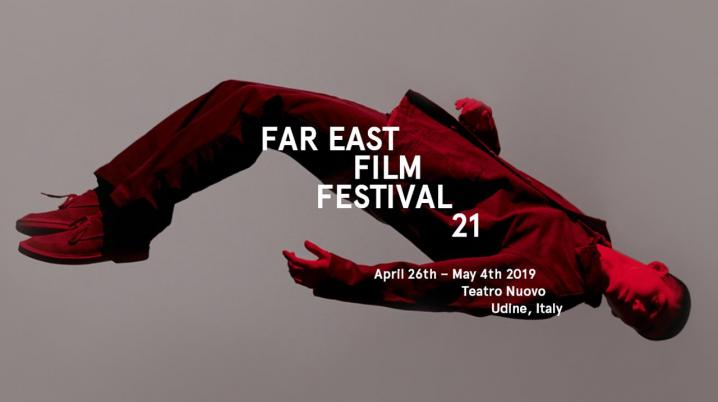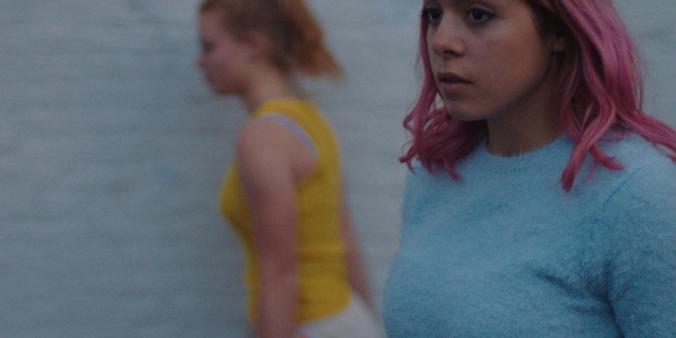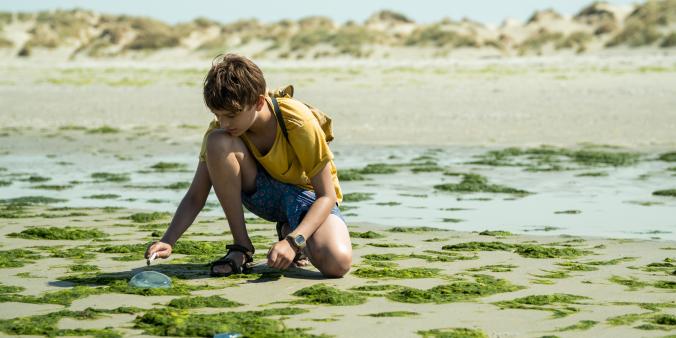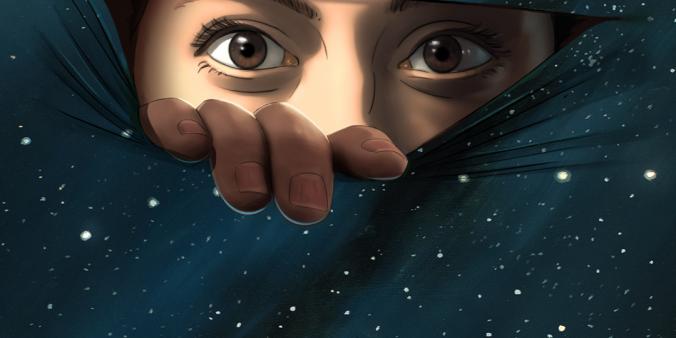
By Simon de Leeuw
The charming city of Udine, cosied up between the Julian Alps and the Dolomites in the northeastern corner of Italy, set the stage for what has grown into a household name for Asian film lovers in Europe. This year’s edition, the 21st Far East Film Festival Udine, opened with the South Korean film Birthday, was introduced by awarding the Golden Mulberry oeuvre prize to lead actress Jeon Do-Yeon. She enjoyed a delighted and tearful reception at the emotional opening film. In sum, the festival presented a line-up of 76 films from 12 countries from April 26th to May 4th. We spoke to the founding partners of the film festival about its history, its success and its link to the Creative Europe MEDIA programme.
A growing niche
“At the end of the last century, films from Hong Kong started to become very popular in Europe,” says Thomas Bertacchi, coordinator of the festival, about its beginning. “If you remember, Chungking Express was released in 1996 and was probably one of the most internationally successful Hong Kong films. There was definitely a niche in the Italian audience that was interested in that kind of film – action, gangster, melodramas. In Italy we have a long history of martial art films, too; a lot of people were in love with this kind of films. At the time, we ran two arthouse cinemas in town and we programmed those with arthouse as well as popular cinema. Because of that mix, I think many people got used to come and watch films that would surprise them. Together with this niche, we discovered the renaissance of the Korean films, because that started at the beginning of the 2000s. And from there, we built the audience year by year.”
Needless to say that since the early days of the festival it has had an international outreach, and all films are subtitled both in Italian and in English. Audience-wise, the festival hosts cinema lovers from all over the world. For one week in the year, the people of Udine move along with the high-paced programming at the Teatro Novo, the main location for the viewings. The soft and drizzly spring weather, the laid-back atmosphere and constant programming of quality films make a great match.
Small town aiming big
Upon being asked whether the size of the hosting city provides a challenge or an opportunity, Bertacchi explains: “In small cities like Udine, people tend to be more curious. They don’t have many chances to meet foreigners. They seem to be more interested in them because they are not that exposed. In Rome, there is a stronger notion of being the centre of the world. Such attitudes make me scared. In this festival, we hope to show different cultures from different countries. At the same time, it can help the population of this region to change their minds and their opinions. The political situation right now is quite scary, everybody seems to be closing their minds.”
Sabrina Baracetti, artistic director of FEFF, adds: “We do hope to help somehow. But it’s something that comes naturally with the festival, not because we aim to do so explicitly. We reach it by going on. If we organize the festival as well as we can, we realized that it has this effect. Showing different cultures from abroad will help people being more open to strangers.”
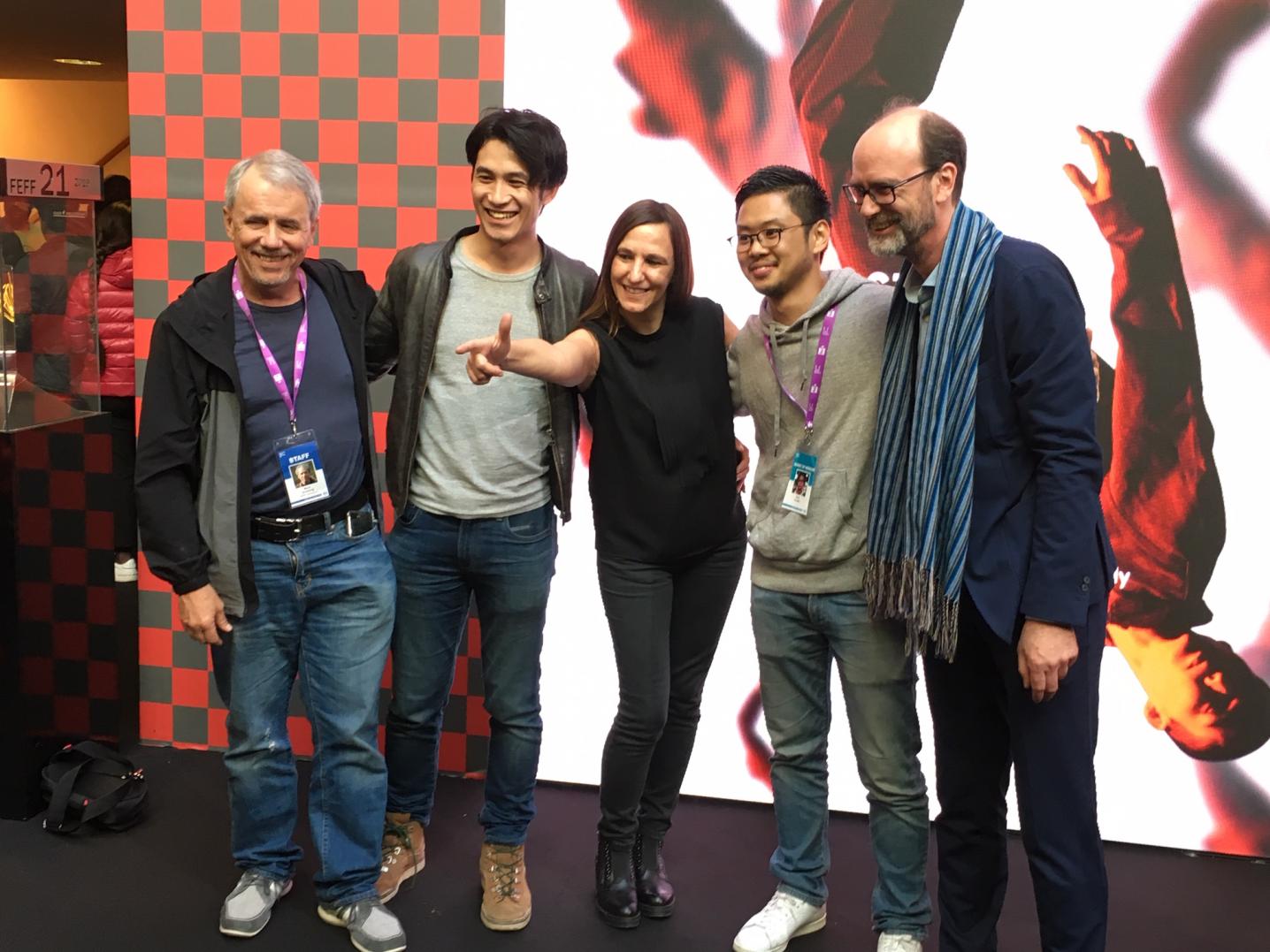
Ties that bind programme
As the festival grew in its outreach, Sabrina and Thomas made room for additional activities that can create a lasting impact. “At a certain point, we decided to create more events related to the industry,” says Bertacchi. “We decided to work with a regional film fund and attract producers from both Asia and Europe to give them the opportunity to meet with each other and develop projects for the future. We not only show films but also focus on the industry and the producers trying to make future projects. Because of the collaboration with the regional film fund, we founded Ties that Bind.”
Ties that Bind is a training programme supported by Creative Europe MEDIA. The MEDIA sub-programme supports film, television, new media and video games, offering funding, training and networking opportunities. It connects funds to makers and helps to kickstart international productions. This year, the Malaysian thriller Motif was the first project to have been developed from Ties that Bind and enjoyed its world premiere in Udine on the 27th of April. Thomas explains the reasoning behind setting up this capacity-building plan: “Nowadays festivals can’t be just about screening films, because almost all the films we screen are available online via torrents or streams. Then the question emerges: what’s the added value of a festival? Of course, one of the most important aspects of cinema and festivals is to put people together and to make them meet. But then comes the industry, where making connections means making co-productions, working and creating together.”
Events
The festival also offers a wider range of off-screen experiences. Baracetti: “We organize events in town in order to get the city more involved in the festival, such as markets, cosplay contests, sake tastings, a lot to do with food.” While visitors get exposed to flavours and customs from the Far East, the local economy can benefit from international exposure during the event. Wine- and cheese makers are strongly represented in the foyer of the Teatro, proudly demonstrating what the region of Friuli-Venezia Giulia has to offer gastronomically. The festival, in this way, becomes an increasingly big opportunity for mutual exchanges that go beyond the strictly cinematic. Among the other events in the side-programming was, for example, a historical exploration of the noodle and how it made its way from China to Italy along the Silk Road.
Avoiding routine
But perhaps what’s most striking is the lack of red-carpeted tension that can hang over film festivals in Europe. The Japanese director Sabu, who came to introduce his Guy Ritchie-esque film Jam (editor's pick as favourite film) lights a cigarette outside the theatre and is completely approachable. He brought his family, too. The cast of the films, moments ago spotlighted in the modern theatre-turned-cinema, can be seen ordering a coffee and a focaccia one block away at the same place the foot folk and film nerds frequent. All of this makes for a pleasant and somewhat informal vibe. It also reflected on stage, where each film is briefly preluded by artistic director Sabrina herself.
“Usually, the president, or artistic director, does not introduce the films but stays somewhere on the first row. Sabrina is president and artistic director and she is up there all the time," illustrates Bertacchi with a small grin. "We try to avoid being formal. Don’t get me wrong: we are doing things in a very serious way and we try to be more planned. But we also try to be a bit informal, also due to the staff of young people changing every year. It’s a mix between the two of us," as he throws a quick glance over to Sabrina, "who are growing older, and people from 25-28 in their internships. So we can learn from each other. We learn a different way to watch things every time. The worst thing you can do is a routine. You've got to try to approach things differently. And the whole thing with the neck-ties, the professionalism: avoiding it where we can really makes me proud.”
Want to know more about Creative Europe: MEDIA training programmes? Look no further.
Read more about projects recently supported by the Creative Europe programme.

